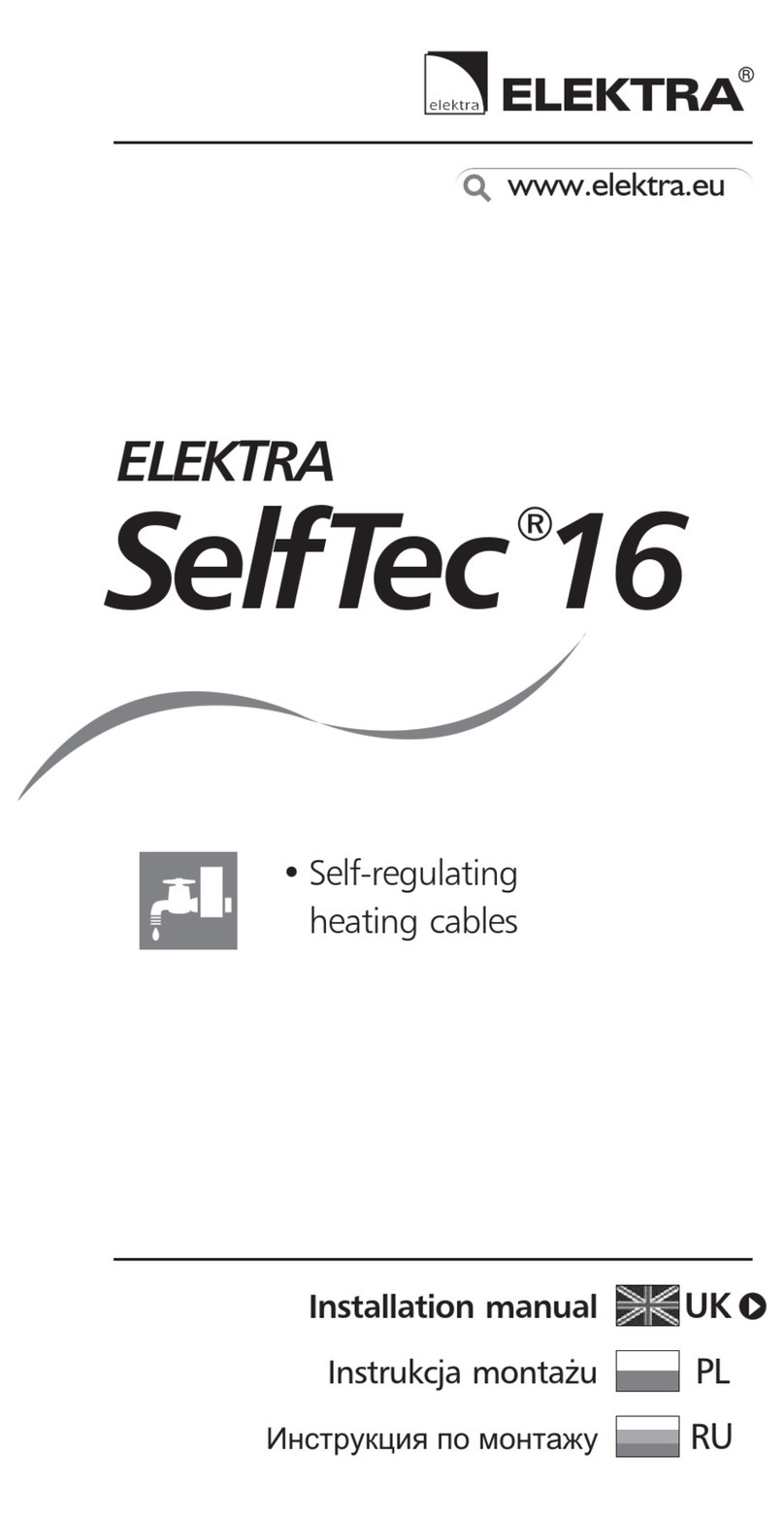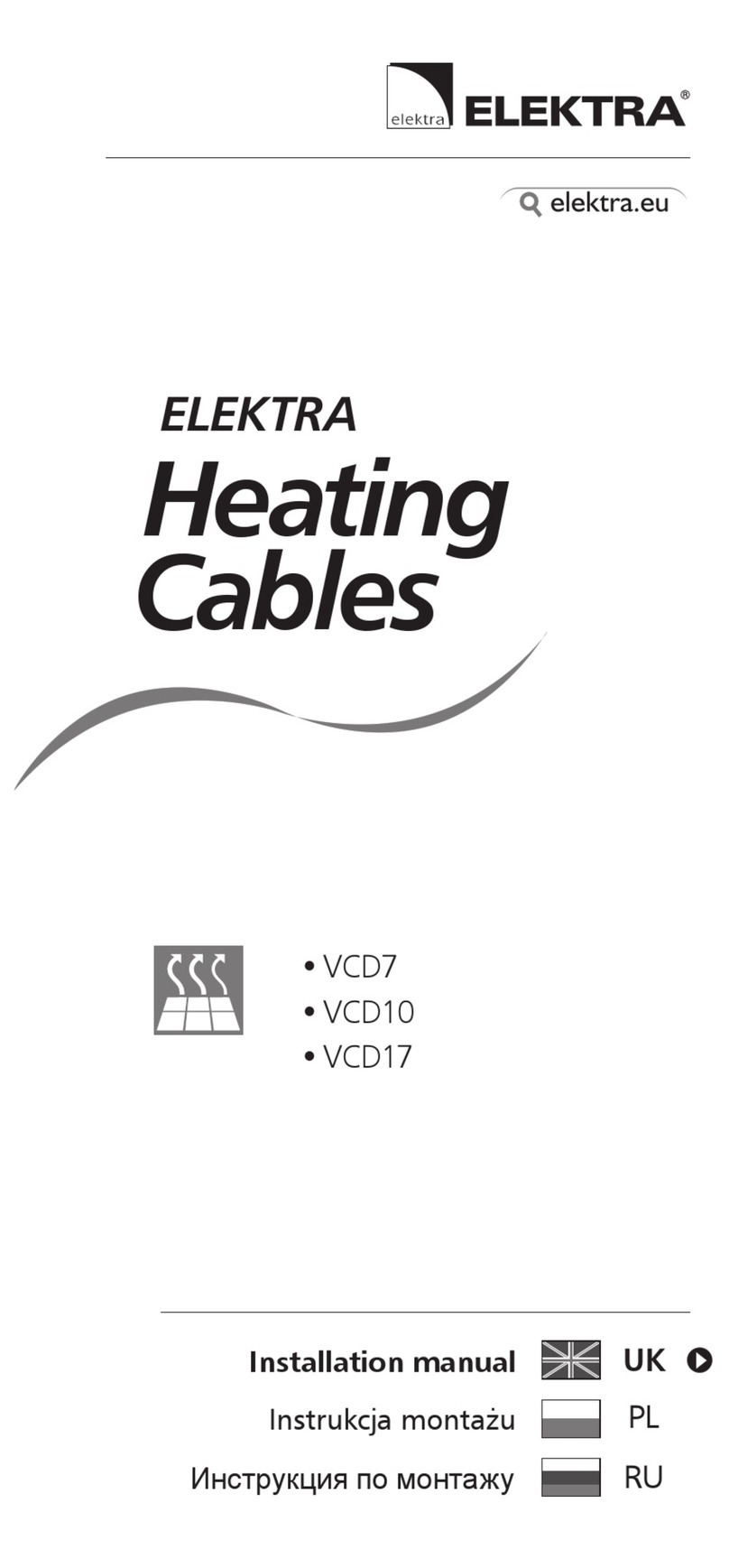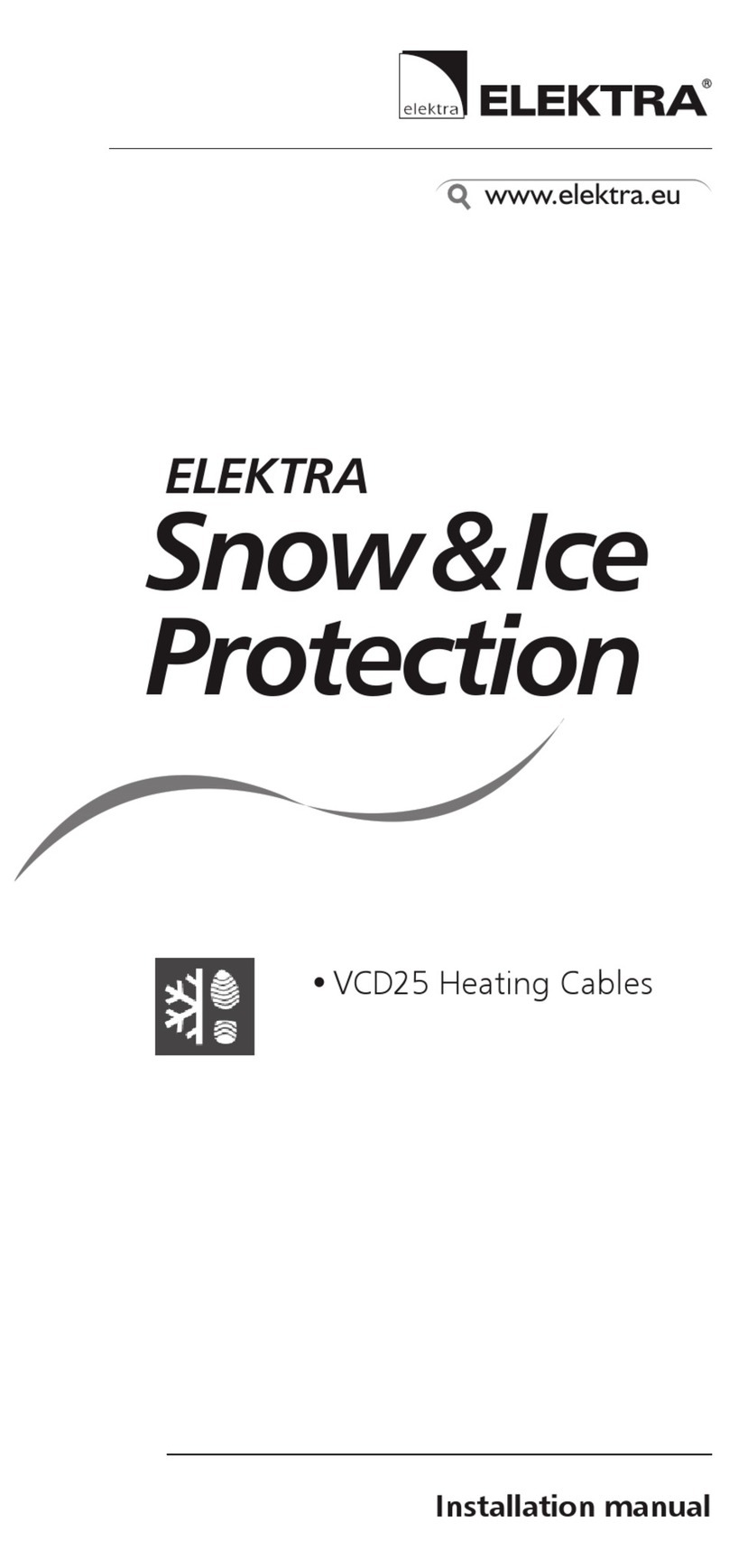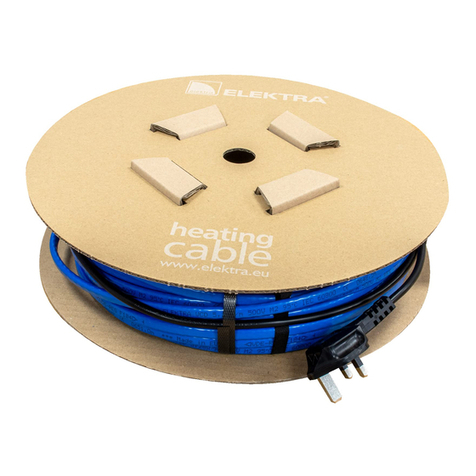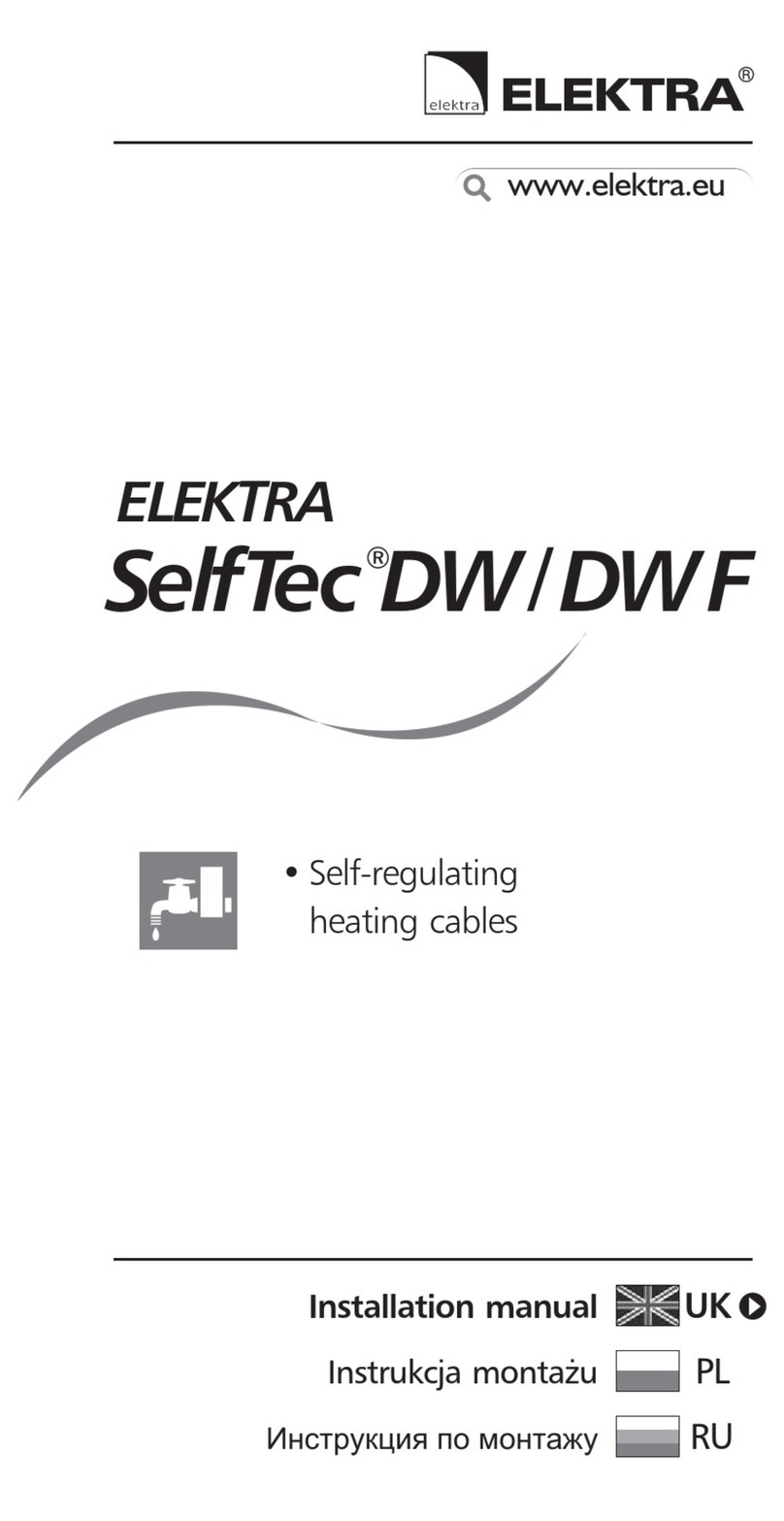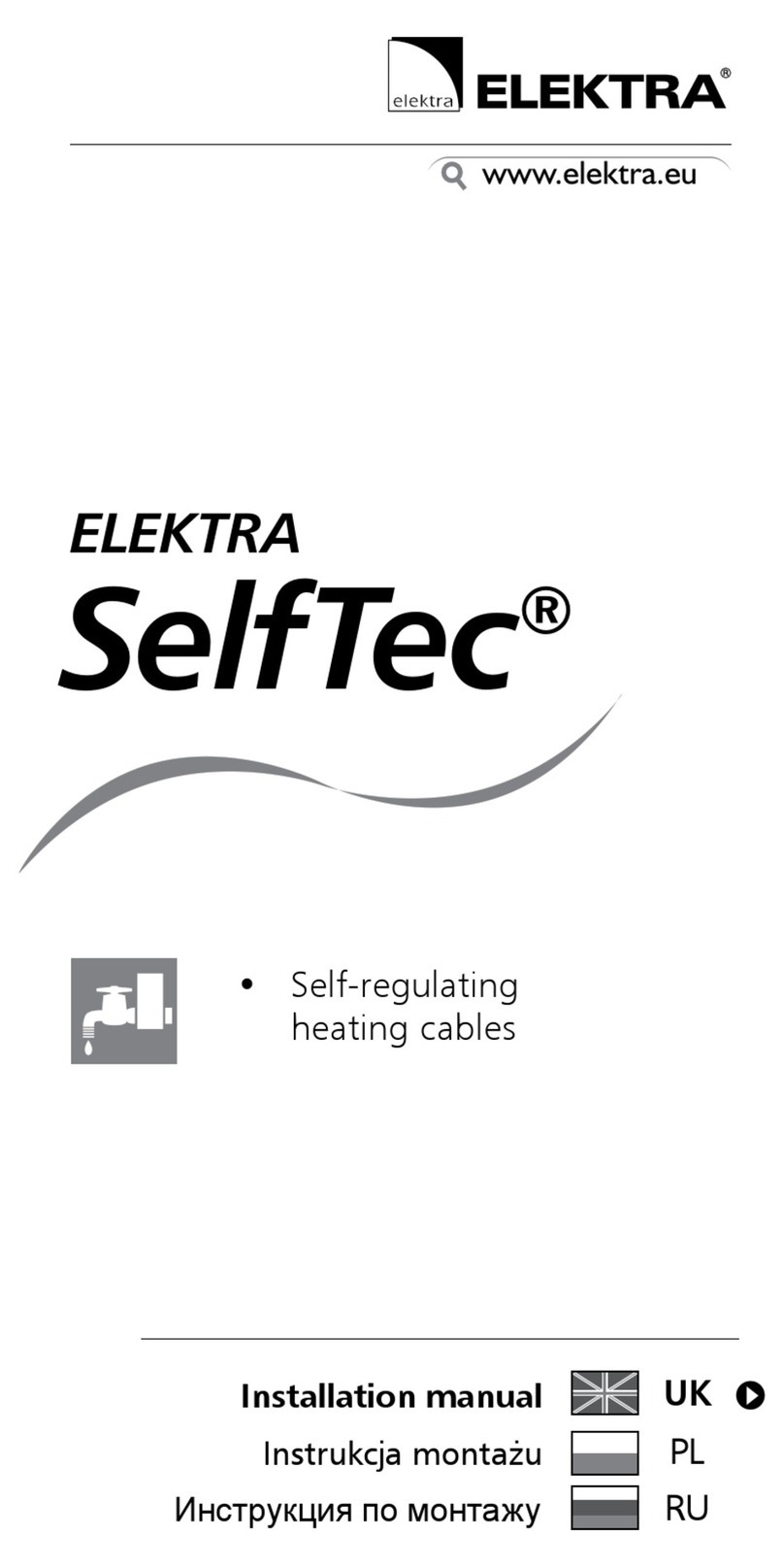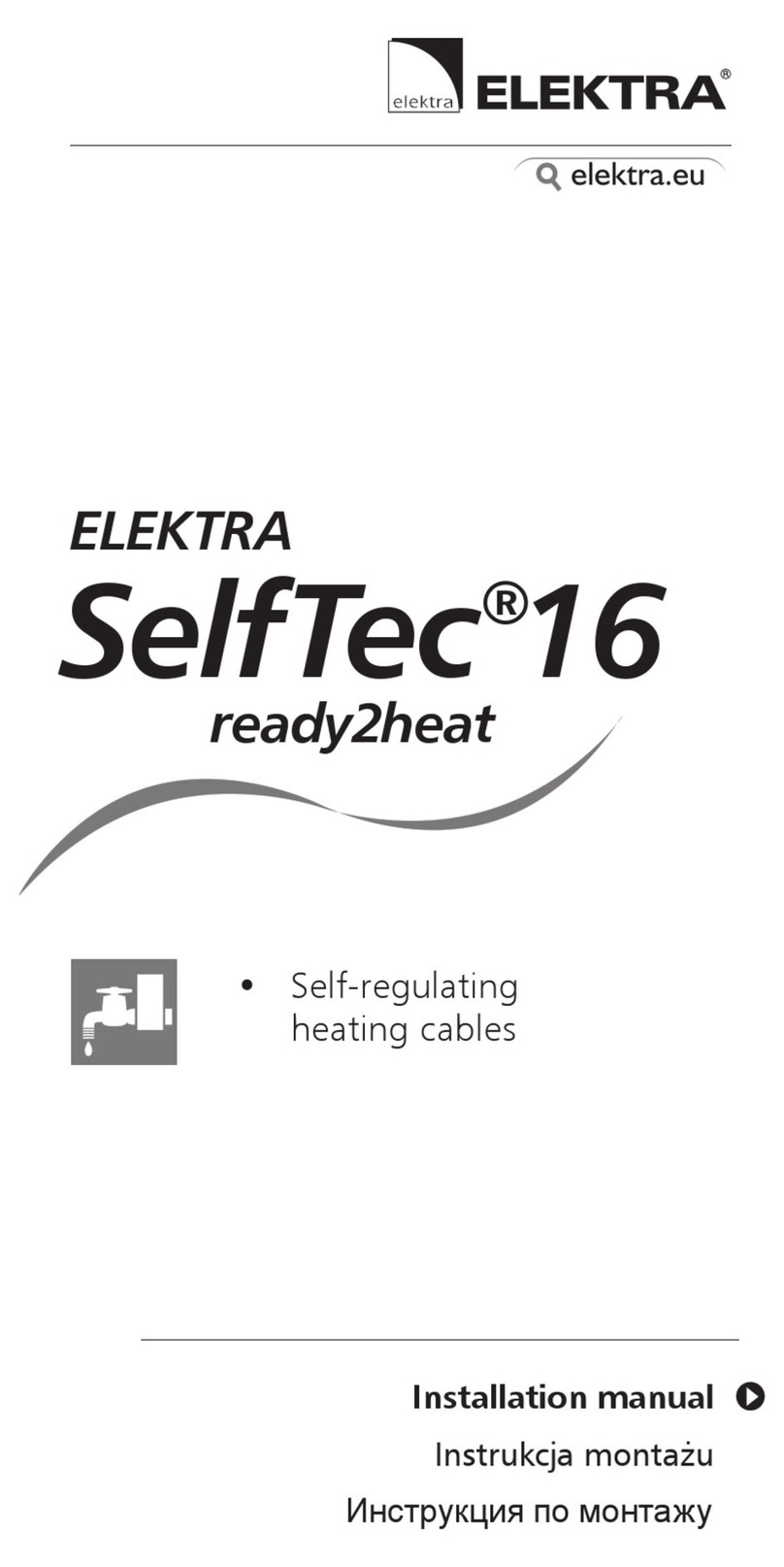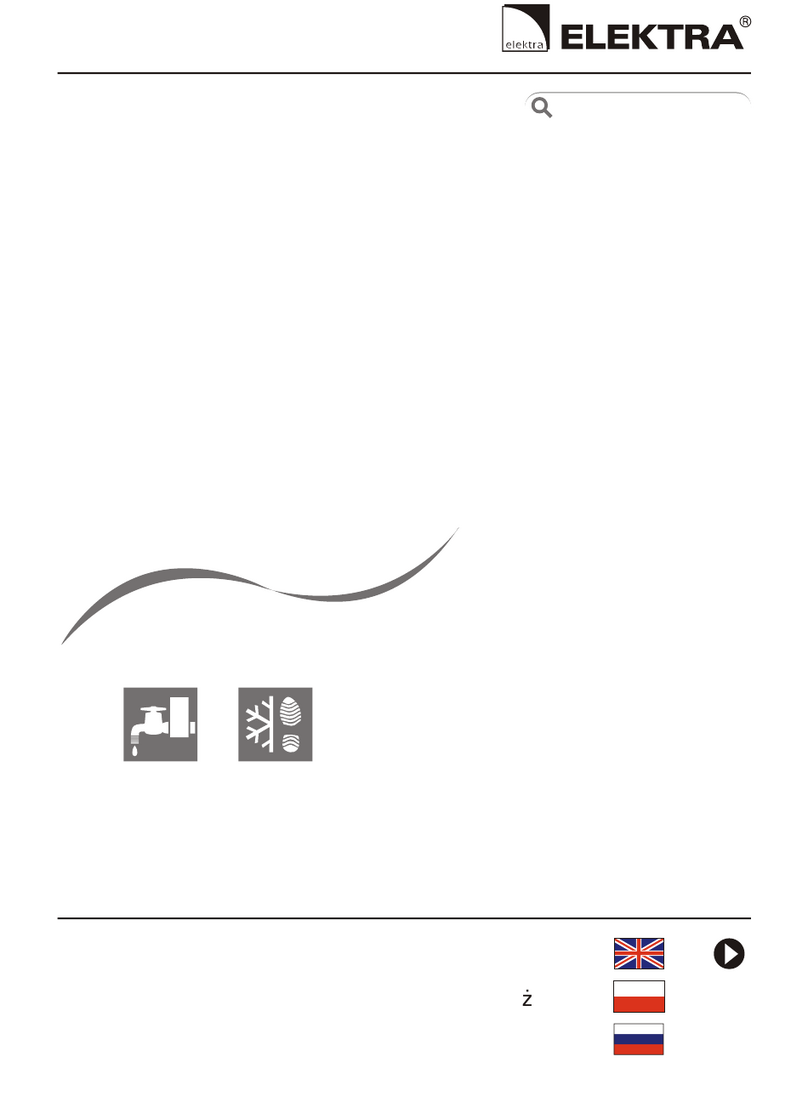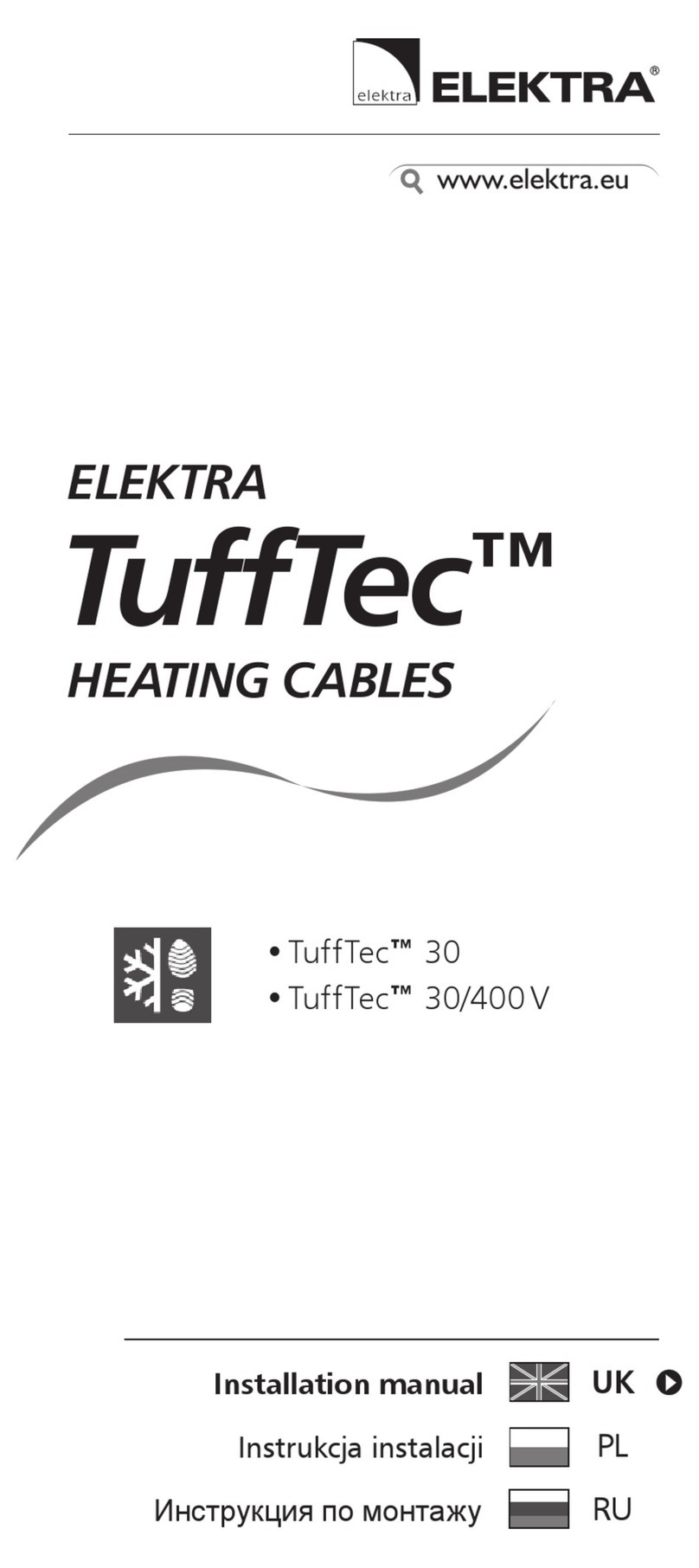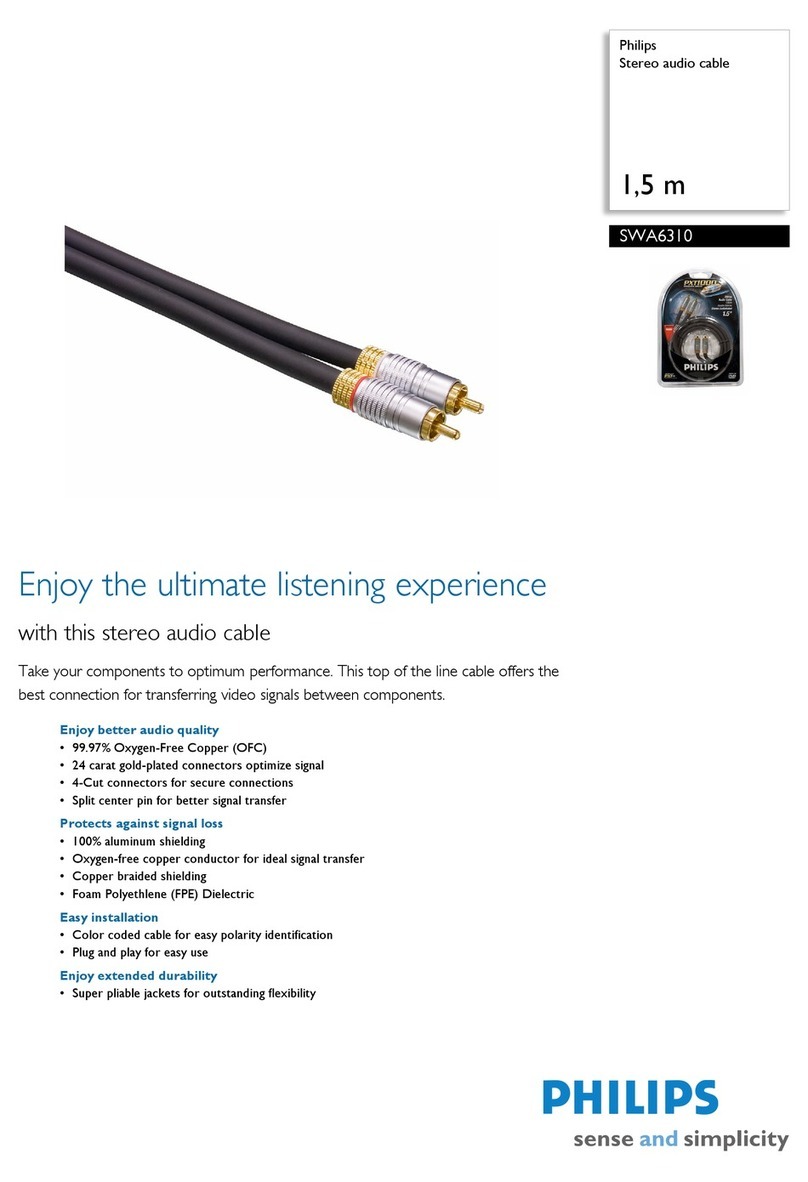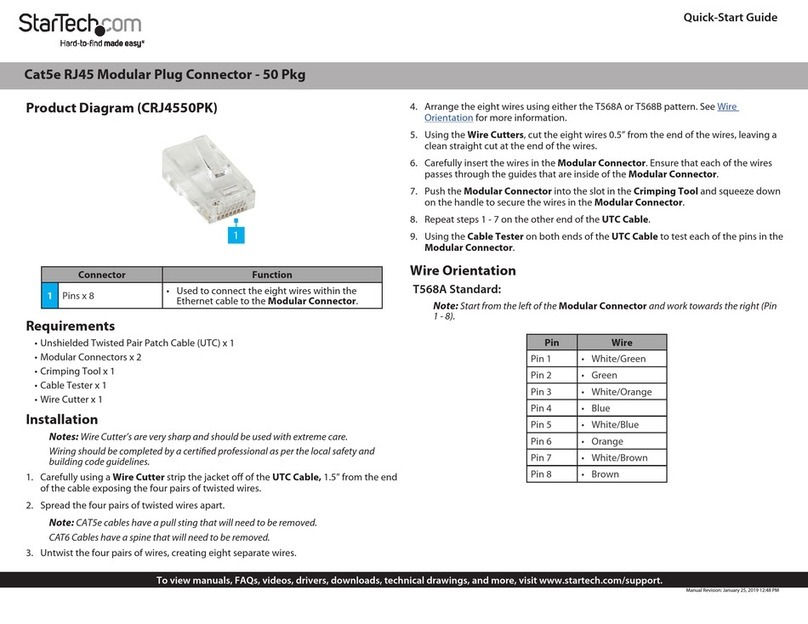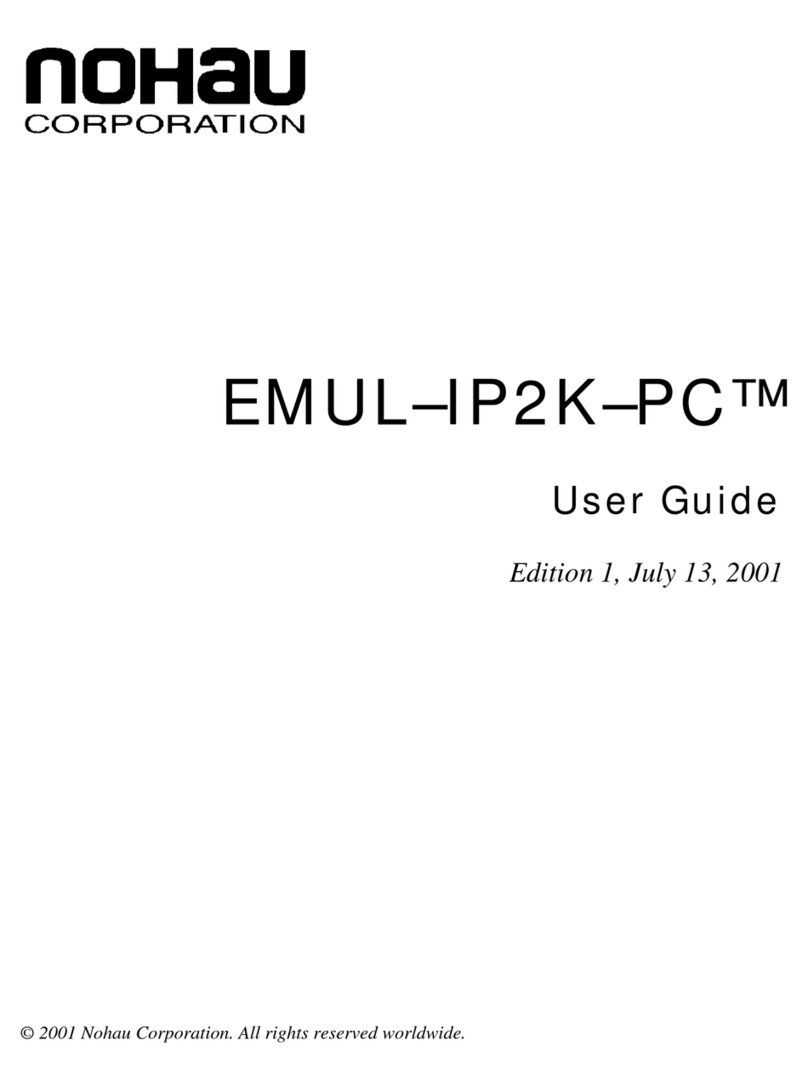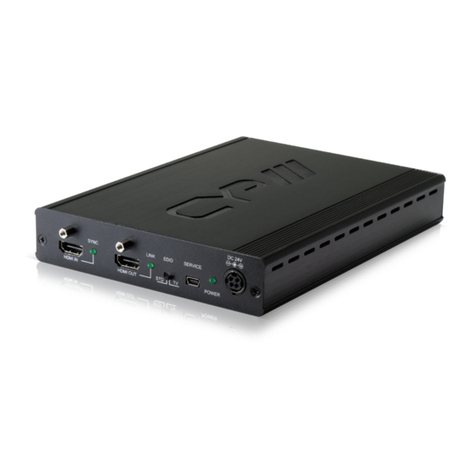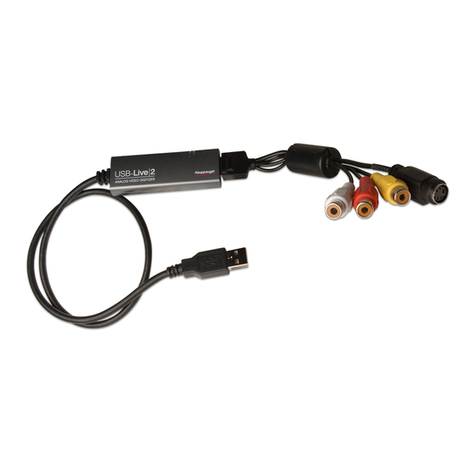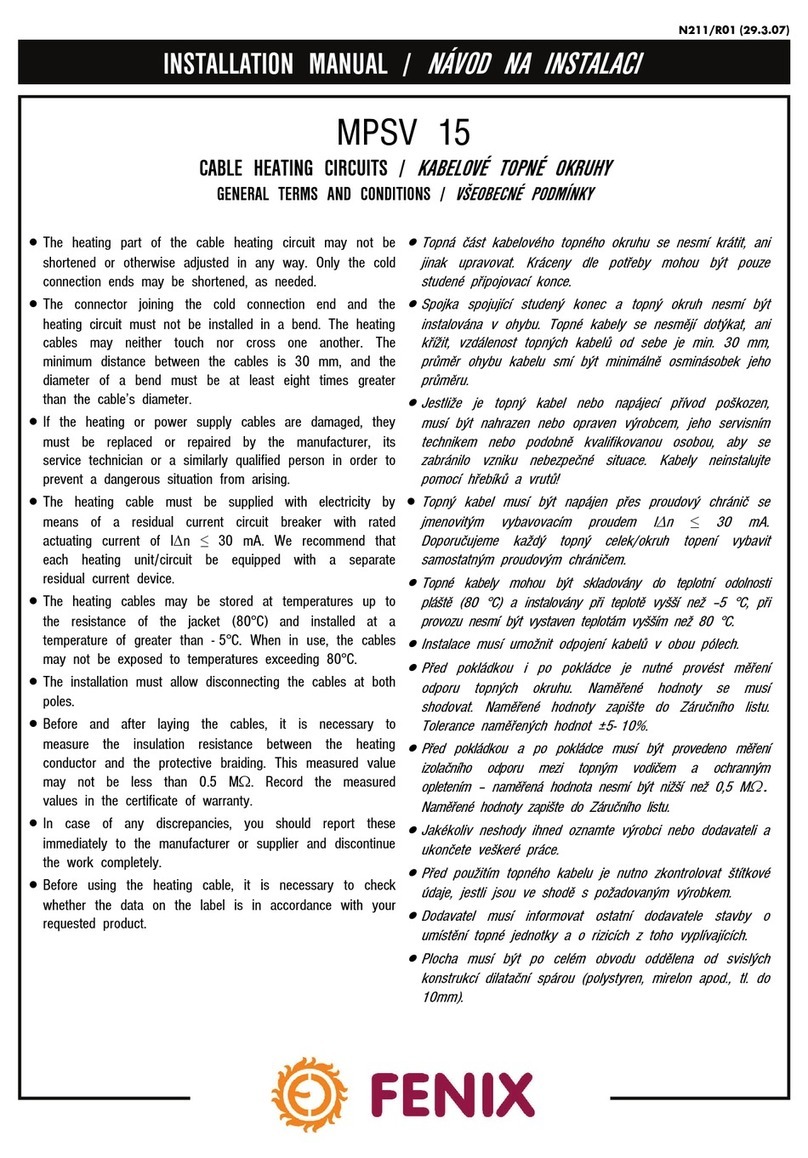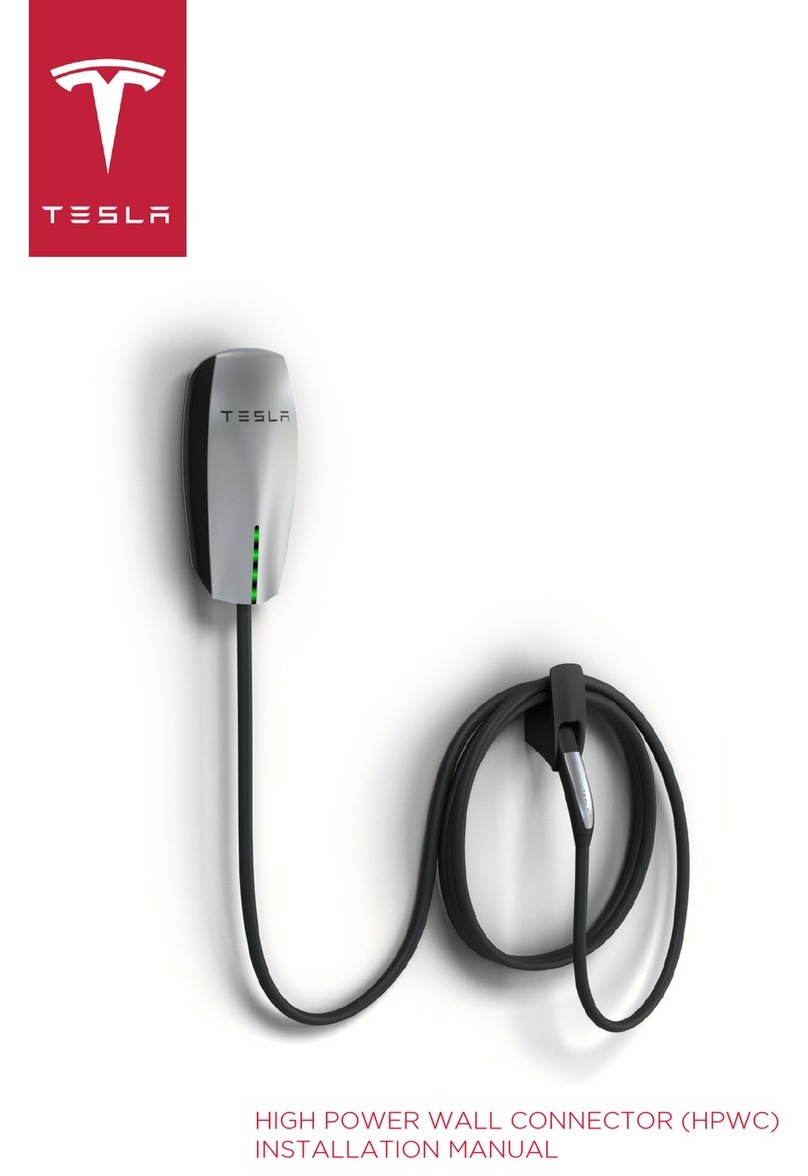Single-side powered
heating cables
Self-adhesive label
Note:
VCD25 heating cables are designed for the rated
voltage 230 V, 50 Hz, and VCD25/400 heating
cables – for the rated voltage 400 V, 50 Hz.
Heating cables’ power output may vary with +5%
and -10% from the label values.
!
The label features the following pictograph:
Note:
Never cut the heating cable.
Never trim the heating cable, only the power
supply conductor may be trimmed if required.
Never squash the “cold tail”.
Do not ever undertake on your own any attempts
to repair the heating cables, and in case any
damage is detected, report the damage to
an ELEKTRA authorized installer.
Never stretch or strain the cable excessively,
nor hit it with sharp tools.
Do not install the heating cables when ambient
temperature drops below -5°C.
Never lead the end joint and the connecting joint
between the heating cable and the power supply
conductor out of the surface. Both joints must be
placed - depending on the type of surface - within
the layer of sand, dry concrete or directly in concrete.
!
5
